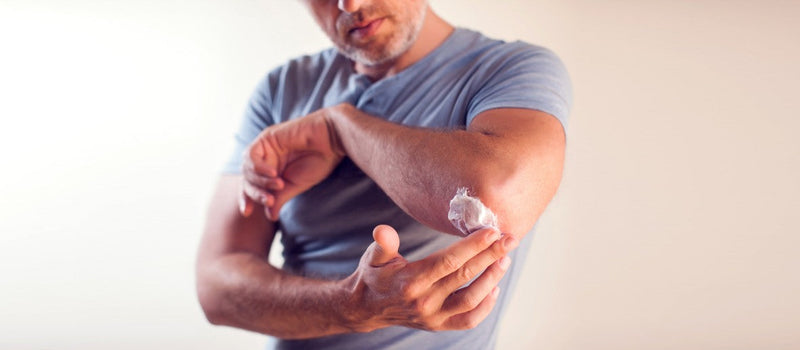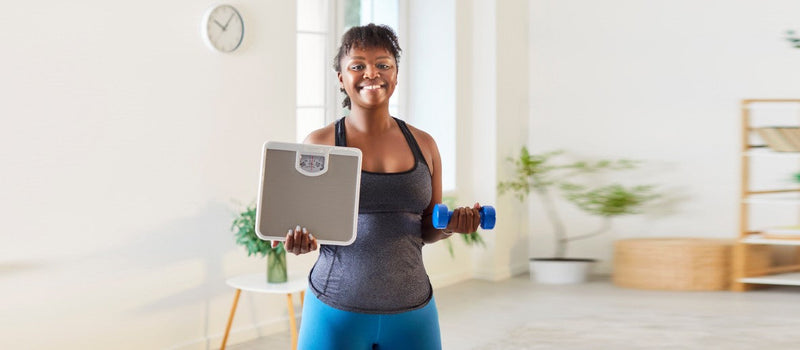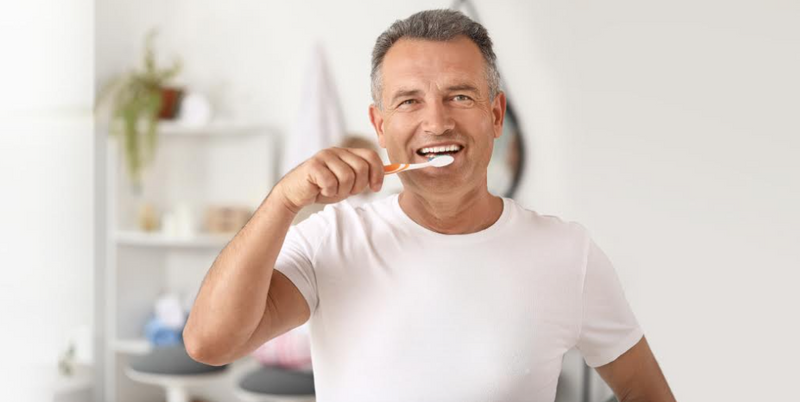

A diagnosis of diabetes means making changes in your lifestyle, not the least of which is making sure you eat healthy to keep blood sugar under control. Still, changes in your diet do not mean eliminating favorite snacks. Planning your meals for the day with a few strategically timed healthy snacks for diabetes can help keep blood sugars steady between meals. Just be sure to make good choices about snacking.
Understand what healthy snacks for diabetes are
There are three macronutrients that make up the food we eat: carbohydrates, protein and fats. Understanding how they affect blood sugar will help in choosing the best diabetes snacks and ensure you are getting the right nutrients.
Carbohydrates
Your body turns carbohydrates into glucose (blood sugar) to give you the energy you need to function. However, not all carbohydrates are the same and some contribute to an increase in blood sugar. A diet plan for diabetes should include making sure to get adequate amounts of the right carbohydrates and choosing healthy snacks for diabetes.
- Simple carbohydrates may be monosaccharides comprising a single sugar molecule, like glucose. Or they may be disaccharides, which have two simple sugars linked together, as with lactose (milk sugars). [1] Simple carbs include fruit and dairy, which are good for you. Simple carbohydrates to avoid are typically in processed foods or those with added sugar, like candy, sugary drinks and syrups. They break down more quickly and can cause blood sugar and energy to rise quickly and then drop shortly after
- Complex carbohydrates, such as whole grains and bean vegetables, are made from three or more sugars bonded together. They take longer for the body to break down and use and so have a steadier impact on blood glucose levels.
- Fiber is another kind of carbohydrate found in plant-based foods. Fiber does not provide energy, but it has a beneficial role in digestion and metabolism. Fiber can help slow down the body’s absorption of sugar, helping to prevent blood sugar spikes after meals.[2]
Protein
The job of protein is to make and repair cells, which is important for growth, muscle-building and skin-healing. However, many people with diabetes do not get enough protein or they are not consuming it in healthy ways. A recent study found that half of the adults with diabetes surveyed for the study did not get the daily recommended amount of protein, which is 08g/kg of body weight. They reported being physically limited for most activities, such as stooping, crouching and kneeling. [3]
Protein, unlike carbohydrates, does not immediately cause blood sugar to rise. Still, a recent study found that a high amount of protein eaten alone can significantly raise blood sugar level in people with Type 1 diabetes. The research supports recommendations for insulin dosing for large amounts of protein.[4]
Because of the importance of protein for muscle building, protein intake is critical for managing diabetes and should be considered in choosing diabetes snacks, as well as meals. Also, protein helps skin heal, which is very important since diabetes makes it difficult for skin to heal.
Fats
Fat cushions organs, stores energy, insulates the body against elements, supports cell growth and more. There are four main types of fat: saturated, trans, monounsaturated and polyunsaturated fat. The American Diabetes Association (ADA) recommends including more monounsaturated and polyunsaturated fats than saturated or trans fats. [5]
Suggested healthy snacks for diabetes
The best diabetes snacks are high in fiber and protein and healthy fats and low in sugar and salt. They will keep you full and your blood sugar stable for longer.
The good news is that when it comes to healthy snacks for diabetes, you can find many on the Internet. We’ve selected several to give you an idea of the variety of healthy options:
From American Diabetes Association (ADA) Diabetes Food Hub: [6]
- Green Wrap: Spread ¼ of an avocado over a small (6-inch) whole-wheat eat tortilla. Top with a handful of fresh greens such as spinach or arugula and wrap tightly.
- Cucumber Boats: Slice a small cucumber in half lengthwise and scoop out the seeds. Fill one cucumber half with ½ cup tuna or chicken salad.
- Celery & Peanut Butter: Fill a few celery sticks with 1 tsp of peanut butter each. Optional: dot each with a few raisins
From healthline[7]
- Yogurt with berries: The antioxidants in berries may reduce inflammation and prevent pancreas cell damage. The pancreas is responsible for releasing hormones that lower blood sugar levels. And berries are a great source of fiber. Also, yogurt is known for its ability to lower blood sugar levels.
- Veggies and hummus: Both vegetables and hummus are good sources of fiber, vitamins and minerals. Additionally, hummus provides a small amount of protein and fat. All these properties may benefit blood sugar control in people with diabetes.
- Turkey roll-up: a breadless sandwich wrap consisting of turkey breast slices wrapped around low-carb contents, such as cheese and veggies. The snack offers low carb, high protein
From Everyday Health:[8]
- Small handful of crunchy pistachios: Pistachios contain a powerful punch of protein, as well as a mixture of healthy monounsaturated and polyunsaturated fats, which can help reduce cholesterol levels. They also are a good source of fiber. A 1-oz portion (about 49 pistachios) equals about 160 calories, per USDA.
- Few cups of microwave or air-popped popcorn: A high-fiber, crunchy snack tantalizes the taste buds as the kernels begin to pop. But be mindful of what you put on top. Select a low-fat variety of popcorn that can be microwaved or air-popped for just 6 grams (g) of carbs and 31 calories per cup, per the USDA.
- Cantaloupe and Creamy Cottage Cheese: Top 1 cup of cut-up melon with ¼ cup of low-fat cottage cheese. The melon is an excellent source of vitamins A and C, according to the USDA. Plus, the low-fat cottage cheese adds 6 g of protein to the snack and supplies a good source of calcium
There are many options for snacking as you manage your diabetes. If you have any doubts about a particular snack, check with your medical care team. They can advise you and even offer other suggestions.
[1] Manzella, Debra, RN, “Understanding Simple and Complex Carbohydrates,” verywell health, April 16, 2024. https://www.verywellhealth.com/simple-and-complex-carbohydrates-1087570
[2] Newman, Tim, “Why do we need dietary fiber,” Medical News Today, April 27, 2020. https://www.medicalnewstoday.com/articles/146935
[3] Fanelli SM, Kelly OJ, Krok-Schoen JL, Taylor CA. Low Protein Intakes and Poor Diet Quality Associate with Functional Limitations in US Adults with Diabetes: A 2005-2016 NHANES Analysis. Nutrients. 2021 Jul 27;13(8):2582. doi: 10.3390/nu13082582. PMID: 34444742; PMCID: PMC8400247. https://pubmed.ncbi.nlm.nih.gov/34444742/
[4] Paterson MA, Smart CE, Lopez PE, McElduff P, Attia J, Morbey C, King BR. Influence of dietary protein on postprandial blood glucose levels in individuals with Type 1 diabetes mellitus using intensive insulin therapy. Diabet Med. 2016 May;33(5):592-8. doi: 10.1111/dme.13011. Epub 2015 Dec 6. PMID: 26499756; PMCID: PMC5064639. https://pubmed.ncbi.nlm.nih.gov/26499756/
[5] “Fats,” American Diabetes Association, Accessed September 3, 2024. https://diabetes.org/food-nutrition/reading-food-labels/fats
[6] “25 Simple Snack Ideas,” ADA Diabetes Food Hub, September 1, 2020. https://diabetesfoodhub.org/blog/25-simple-snack-ideas
[7] Elliott, Brianna, RD, “The 21 Best Snack Ideas If You Have Diabetes,” healthline, December 12, 2023. https://www.healthline.com/nutrition/best-snacks-for-diabetes
[8] Migala, Jessica, “20 Easy and Quick Snack Ideas for People With Diabetes,” Everyday Health, September 15, 2023. https://www.everydayhealth.com/type-2-diabetes/diet/diabetes-snacks/








